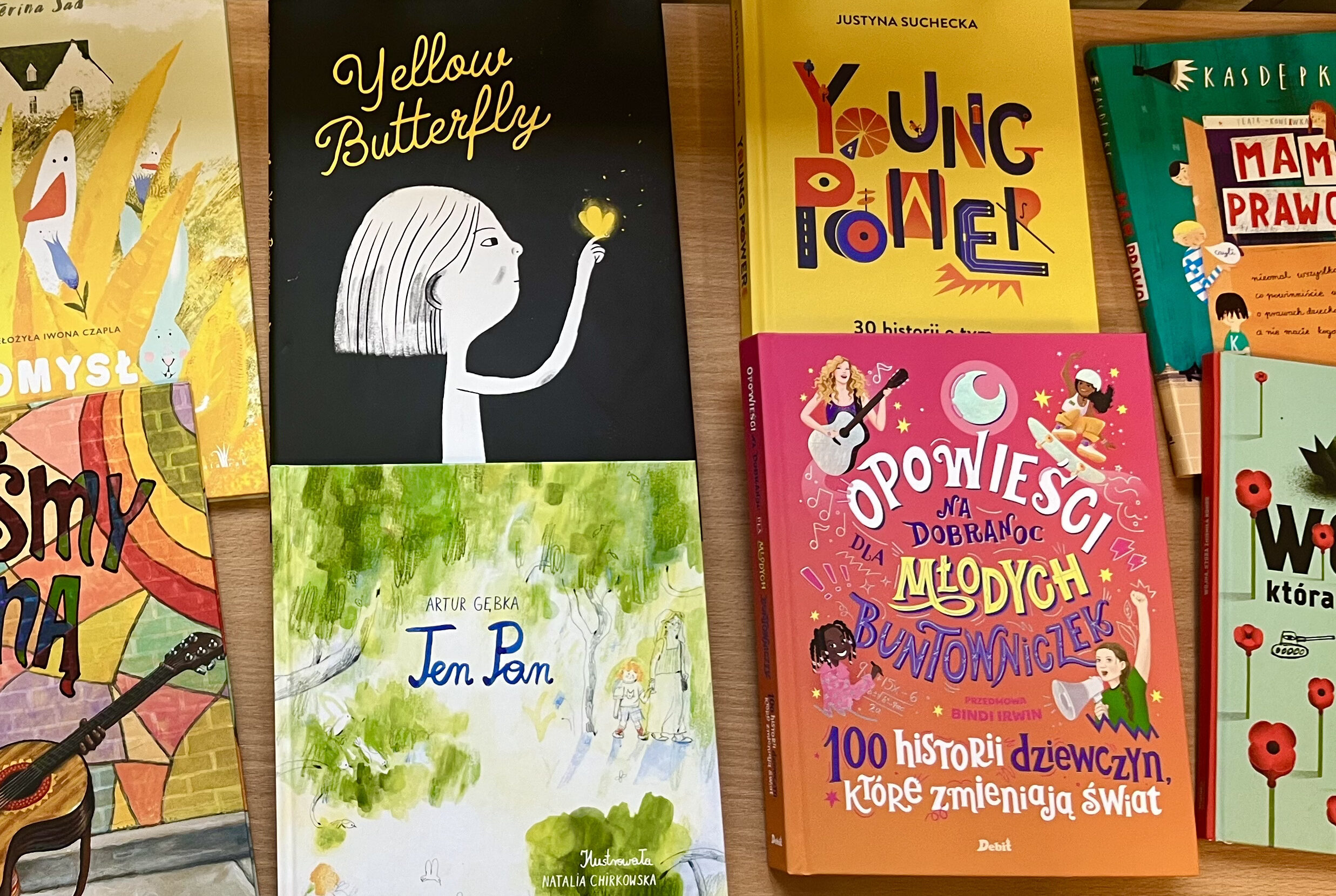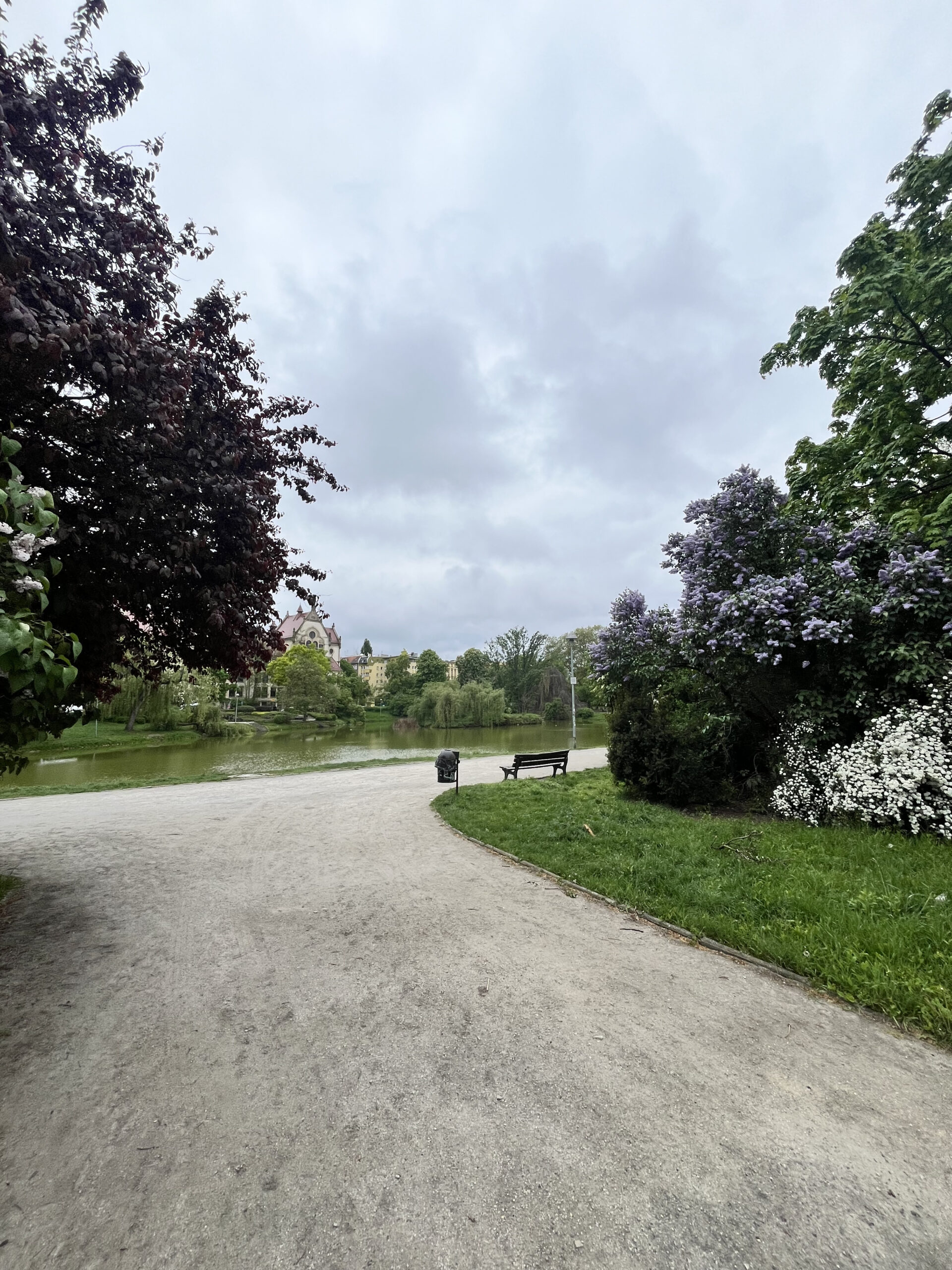Young People Speaking Up for Themselves
Dr. Mateusz Świetlicki (University of Wrocław, Poland)

Among the first books I read as a child were L.M. Montgomery’s Anne of Green Gables (1908) and Janusz Korczak’s King Matt the First (1923). The two novels about unique and misunderstood children helped me believe in the transformative power of literature and the importance of being seen and heard. In my career in academia, I have studied the representations of marginalized people in children’s and young adult literature and have taught several undergraduate and graduate classes devoted to the transformative potential of books.
The insightful journey I undertook as a part of the Seen and Heard project has prompted me to revisit my past and reconsider the importance of listening to young people now when I am an adult working with children’s literature and culture. When at our meeting in Berlin, Kate Coleman discussed the concept of a/r/tography, which ‘radically transforms the idea of theory as an abstract system’ (Irwin & Springgay, 2008, p. xx), and talked about self-positioning and living research, I was compelled to reflect on my own positionality within the project. This process allowed me to grapple with my entangled role as a scholar (writer), teacher (performer), and a former child. I came to reinforce my belief that these roles are not mutually exclusive, but rather, they intersect to shape my liminal identity.
The matter of self-positioning accompanied me during the ongoing collaboration with Primary School No. 1, our partner in the Seen and Heard project in Wrocław. The kindness and enthusiasm of both the children and the staff contributed to an unforgettable experience. During the workshops, the participants, who worked with carefully selected books about child agency, mentioned various things they did not like and would like to change. Their words inspired me but also made me worried. The children’s thought-provoking observations demonstrated that while the representation of diversity and inclusivity in Polish literature is terrific (for example, Świetlicki and Świtała 2022; Świetlicki 2023), some social attitudes and expectations young people face have not changed that much since I was a child. Hearing the voices of young people made me go back to the anxieties I felt as a boy who was an excellent student reading Montgomery and Korczak but was frequently told that he was too lively, too active, too effeminate, and too nice.
Most adults have good intentions and care about the well-being of children, but their critical words, or at times, their lack of words, can cause long-term harm. With their spontaneous, nuanced, and insightful observations, the students reinforced my belief that, unfortunately, those who claim to be listening to the voices of others often solely appreciate those identical to their own and reject/fail to see the voices coming from the margins. While some adult expectations toward children have not changed, young people participating in Seen and Heard have shown me that they are capable of speaking up for themselves and one another. By listening to their compassionate words, we can, as I strongly believe, become better teachers, scholars, and caregivers.
Children participating in Seen and Heard have shown me what it means to try to be seen and heard in a world where it is easier to undermine than let others shine. For some scholars, theory is an abstract system (Irwin & Springgay, 2008, p. xx). Thus, writing about the need to ignite an intergenerational dialogue and collaboration between academia and the general public without actually attempting to hear the perspectives of others – children and adults – can be seen as performative and redundant. The Seen and Heard project, which has allowed me to collaborate with incredible young people, teachers, and colleagues– proves that living research is possible and can be effective.
Sources:
https://muse.jhu.edu/article/849490
https://www.semanticscholar.org/paper/A-r-tography-as-practice-based-research-Irwin-Springgay/059f65392a1f15052202843a3d0b8a509b593687

